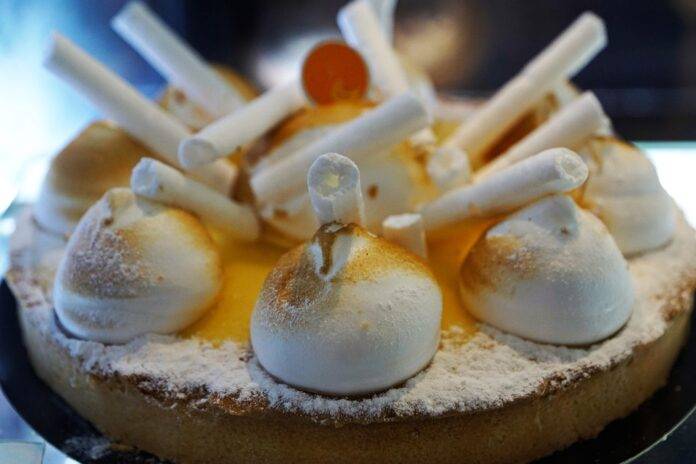Introduction
Sugar-free candy has been making waves in the confectionery market in recent years, offering a guilt-free alternative to traditional sugary treats. With the rising concerns over health and wellness, consumers are increasingly turning to sugar-free options to satisfy their sweet cravings. This shift in consumer preferences has led to a significant transformation in the confectionery industry, with companies investing heavily in research and development to meet the growing demand for sugar-free products.
The Rise of Sugar-Free Candy
Consumer Demand for Healthier Options
The increasing awareness of the negative health effects of excessive sugar consumption has fueled the demand for healthier alternatives in the food and beverage industry. As a result, sugar-free candy has emerged as a popular choice for health-conscious consumers looking to reduce their sugar intake while still enjoying sweet treats. According to a report by Grand View Research, the global sugar-free confectionery market is expected to reach $4.8 billion by 2027, growing at a CAGR of 5.3%.
Technological Advancements in Sugar Substitutes
One of the key factors driving the growth of the sugar-free candy market is the advancements in sugar substitutes. Companies are now able to produce sugar-free candies that taste similar to their sugary counterparts, thanks to the use of innovative ingredients such as stevia, erythritol, and monk fruit extract. These natural sweeteners provide a healthier alternative to traditional sugars without compromising on taste, making sugar-free candy a popular choice among consumers.
Key Players in the Sugar-Free Candy Market
1. Hershey Company
The Hershey Company, one of the largest confectionery manufacturers in the world, has been quick to capitalize on the growing demand for sugar-free products. The company offers a wide range of sugar-free candies under its iconic brands, including Hershey’s, Reese’s, and Jolly Rancher. In 2020, Hershey reported a revenue of $8.15 billion, with a significant portion attributed to its sugar-free confectionery products.
2. Mondelez International
Mondelez International, the parent company of popular brands such as Toblerone, Cadbury, and Oreo, has also been expanding its sugar-free candy offerings to cater to the changing consumer preferences. The company reported a revenue of $26.6 billion in 2020, with a growing emphasis on healthier snacking options, including sugar-free confectionery.
3. Russell Stover
Russell Stover, a leading manufacturer of sugar-free chocolates and candies, has built a strong reputation for its high-quality sugar-free products. The company has seen significant growth in sales of its sugar-free candies in recent years, with a reported revenue of $500 million in 2020. Russell Stover continues to innovate and introduce new sugar-free flavors to meet the evolving tastes of consumers.
Future Outlook for the Sugar-Free Candy Market
The sugar-free candy market is poised for continued growth in the coming years, driven by the increasing focus on health and wellness among consumers. With advancements in sugar substitutes and a growing variety of sugar-free options available, companies are well-positioned to capitalize on this trend. As more consumers seek out healthier alternatives to traditional sugary treats, the demand for sugar-free candies is expected to soar, transforming the confectionery market as we know it.




